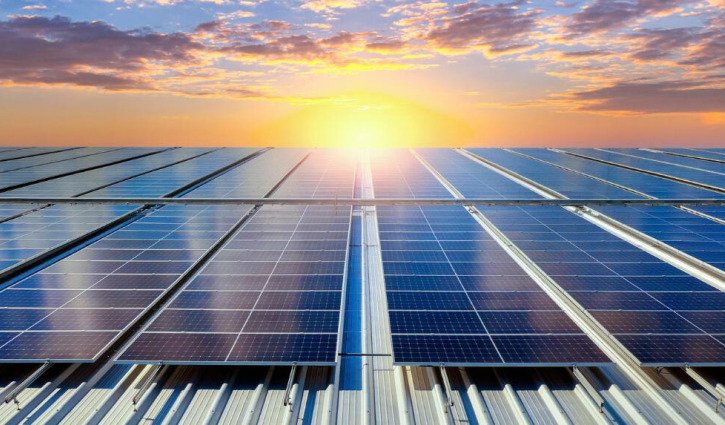At a time when Australia is on a headlong rush to transition its energy sources from coal to renewables, a new report has revealed some Australian solar farms may have to switch off up to two-thirds of the power they generate.
These details are contained in a report from the Australian Energy Market Operator (AEMO), the organisation responsible for managing key parts of the nation’s energy system.
AEMO said the energy transition was fundamentally changing the way electricity was produced, consumed, and transported across the National Electricity Market (NEM) but some locations were reaching high levels of generator curtailment.
It said more than half of grid-scale wind and solar generation experienced network-driven curtailment of less than 1% in 2024.
Grid-scale wind generation across the NEM averaged 1.1% network curtailment but for some units it was as high as 4.8%.
“Curtailment of solar generation ranged higher than this, averaging 4.5%, with several solar farms experiencing very high levels of curtailment above 25%,” AEMO wrote in its Enhanced Locational Information (ELI) Report.
Solar projects were more likely to be told to switch off than wind on average due to increased competition from rooftop solar panels, batteries and electric vehicles (EVs) and other solar projects for access to daytime demand.
Looking forward, it said limits on additional energy dispatch may be more pronounced in the near-term, particularly in South Australia and Victoria, as these regions have further progressed in the renewable transition.
“Under near-term operating conditions, many connection points in South Australia have up to 65% curtailment for solar and close to 35% curtailment for wind,” AEMO said.
This compared with solar curtailment of about 50% in Victoria, up to 20% in NSW and less than 25% in Queensland.
Coal provided 45% of the energy in the NEM in 2024, followed by solar (18%), wind (12%), hydro-electricity (5%) and others including oil and gas (20%).
The proportion from renewables has risen from 15% to 35% over the last decade as coal fired power stations have closed, renewable generation projects have been developed and households have installed solar panels and batteries and bought EVs.



